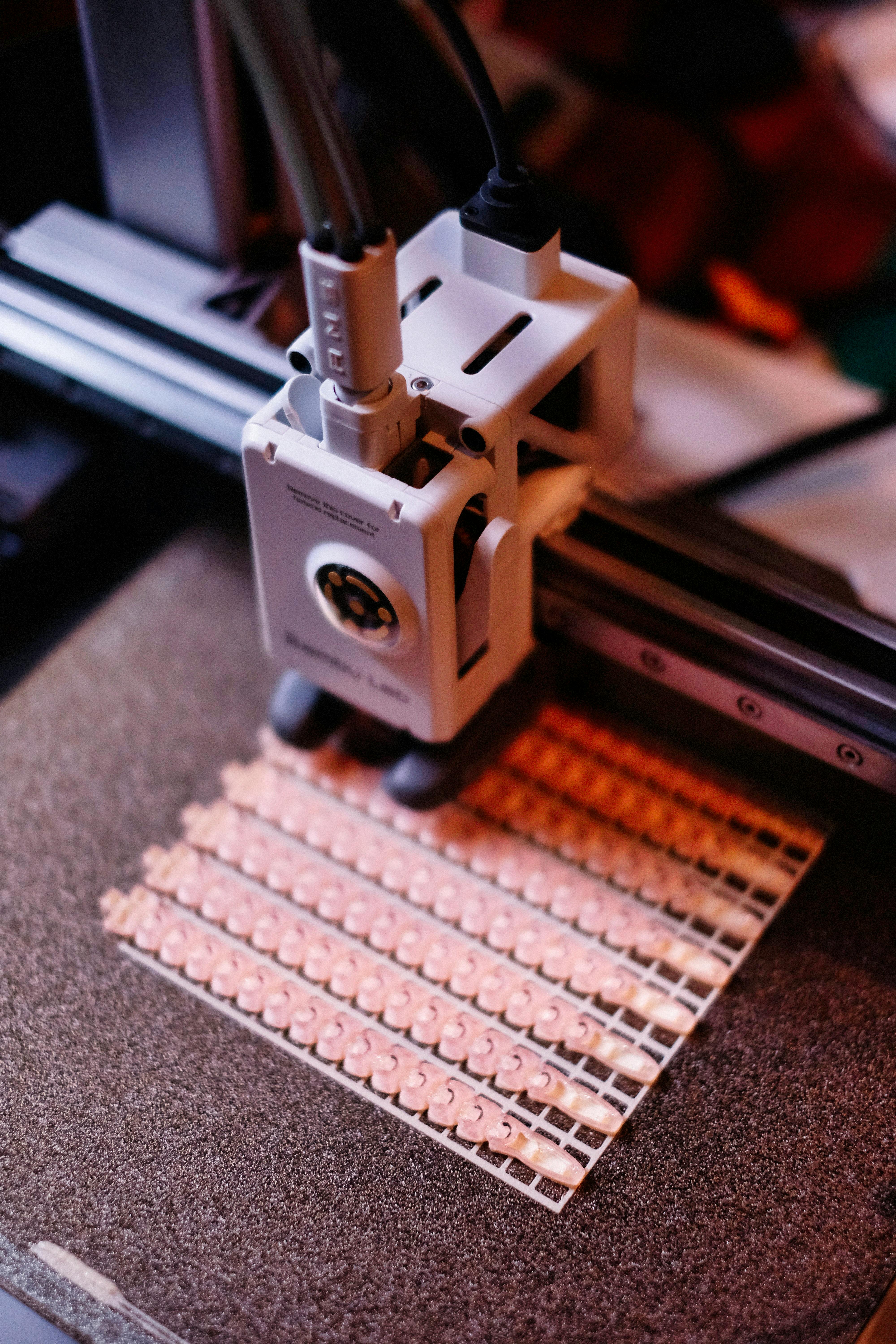Holographic Fashion: Redefining Runway Spectacles
In the ever-evolving landscape of haute couture, a revolutionary trend is captivating the fashion world and redefining the concept of runway shows. Holographic fashion, once a futuristic fantasy, has become a tangible reality, merging cutting-edge technology with haute couture to create breathtaking spectacles that push the boundaries of artistic expression. This innovative approach to fashion presentation is not only transforming how designers showcase their creations but also challenging our perceptions of materiality and presence in the digital age.

Technological Marvels on the Catwalk
The implementation of holographic fashion in runway shows involves a complex interplay of projection mapping, motion capture, and real-time rendering technologies. High-powered projectors, strategically placed around the venue, cast carefully calibrated light onto specially designed surfaces or even thin air, creating the illusion of three-dimensional garments that move and transform in real-time. This technology allows designers to showcase impossible silhouettes, dynamic color changes, and even interactive elements that respond to the movement of models or the audience.
Redefining the Designer’s Palette
Holographic fashion has expanded the creative possibilities for designers exponentially. No longer constrained by the properties of physical fabrics or the laws of physics, designers can now create garments that defy gravity, morph in real-time, or even incorporate living, breathing digital ecosystems. This new medium allows for a level of experimentation and expression previously unattainable, blurring the lines between fashion, art, and technology.
The Impact on Fashion Week and Beyond
The introduction of holographic elements to fashion shows has reinvigorated Fashion Week events around the globe. Audiences, accustomed to traditional runway formats, find themselves immersed in multi-sensory experiences that challenge their expectations and perceptions. These innovative presentations have not only attracted a wider audience to high fashion but have also sparked conversations about the future of clothing and self-expression in an increasingly digital world.
Sustainability and Accessibility in the Digital Realm
One of the most significant advantages of holographic fashion is its potential to address sustainability concerns within the industry. By reducing the need for physical samples and allowing for virtual fittings and presentations, designers can significantly decrease their environmental footprint. Additionally, holographic shows can be broadcast globally, democratizing access to high fashion events that were once exclusive to a select few. This digital approach opens up new possibilities for inclusive representation and diverse audience engagement.
Challenges and Ethical Considerations
Despite its revolutionary potential, holographic fashion is not without its challenges. The technology required for these presentations is still expensive and complex, limiting its accessibility to smaller designers or emerging markets. There are also concerns about the potential loss of craftsmanship and tactile elements that are integral to traditional fashion. Ethicists and industry leaders are grappling with questions about authenticity, ownership, and the value of virtual vs. physical garments in an increasingly digital marketplace.
The Future of Fashion Presentation
As holographic technology continues to advance, its integration into the fashion industry is likely to deepen and expand. We may see the emergence of hybrid shows that seamlessly blend physical and digital elements, or entirely virtual fashion weeks accessible through VR headsets. The possibilities for personalization and interactivity are vast, potentially allowing consumers to try on and customize holographic garments in real-time from the comfort of their homes.
Conclusion: A New Era of Creative Expression
Holographic fashion represents more than just a technological gimmick; it’s a paradigm shift in how we conceive of and interact with clothing and personal expression. As this technology matures and becomes more widespread, it has the potential to revolutionize not only haute couture but the entire fashion industry, from design and production to retail and consumer experiences. The runway of the future may very well be a digital canvas, limited only by the boundaries of imagination and innovation.





